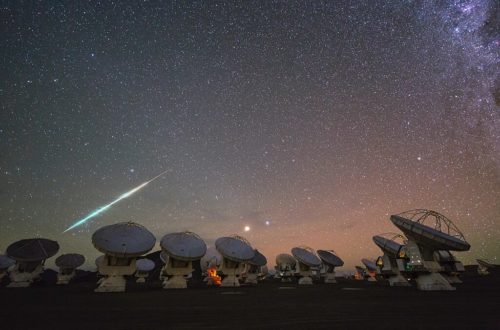What Heats the Chromosphere and Corona to High Temperatures?

The outer layers of the Sun, the chromosphere and corona, exhibit temperatures far higher than the Sun’s surface, reaching a million degrees Celsius. This puzzling phenomenon has captivated scientists for years, sparking debates and theories about the mechanisms responsible for heating these regions.
In this blog post, we will delve into the fascinating world of the Sun’s atmosphere and explore some of the leading explanations for this astronomical mystery.
The Sun’s Magnetic Field
One plausible contender for the heating of the chromosphere and corona is the Sun’s powerful magnetic field. The Sun is composed of highly conductive plasma, which enables the formation of intricate magnetic structures. The magnetic fields thread through the chromosphere and corona, inducing stunning phenomena like solar flares and coronal mass ejections. The energy released during these events is believed to contribute significantly to the heating of these regions.
Magnetic Reconnection
Magnetic reconnection, a process through which magnetic field lines rearrange and release vast amounts of energy, is another compelling hypothesis. As the Sun’s magnetic field lines become twisted and stressed, they can spontaneously reconnect, leading to explosive releases of energy. These energetic events generate intense heating in the chromosphere and corona, making it a potential source for the observed high temperatures in these layers.
Waves and Oscillations
The Sun is a seething mass of waves and oscillations, generated deep within its core. These waves travel upwards, propagating through the different layers of the Sun’s atmosphere. As they reach the chromosphere and corona, they undergo complex interactions, causing localized temperature increases. It is suggested that these waves, in conjunction with other physical processes, contribute to the overall heating of these regions.
Nanoflares
Nanoflares are tiny, explosive events that occur on a much smaller scale than solar flares. They are believed to be the result of the constant reconnection of countless magnetic field lines within the Sun’s atmosphere. Although individual nanoflares are relatively weak, their cumulative effect over time might provide the necessary energy to heat the chromosphere and corona.
Conclusion
The heating of the chromosphere and corona remains a captivating puzzle that continues to challenge scientists. While a definitive answer has yet to be reached, the leading theories, including the Sun’s magnetic field, magnetic reconnection, waves and oscillations, and nanoflares, offer promising insights into the mechanisms responsible for the high temperatures observed in these regions. Further research, modeling, and advancements in observational technology will undoubtedly bring us closer to unraveling the mysteries of the Sun’s atmosphere and its enigmatic heating processes.
Source:
- Takashi Sakurai. Heating mechanisms of the solar corona, Proceedings of the Japan Academy, Series B, Physical and Biological Sciences (2017). DOI:10.2183/pjab.93.006
Would you like to receive similar articles by email?





